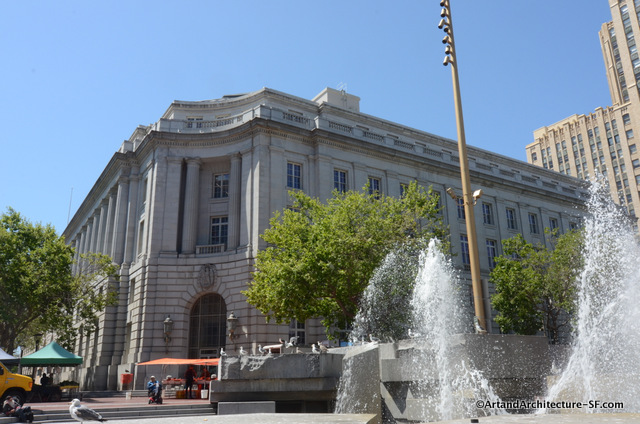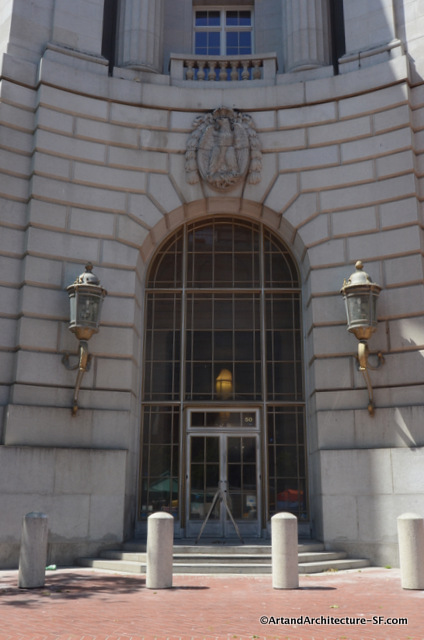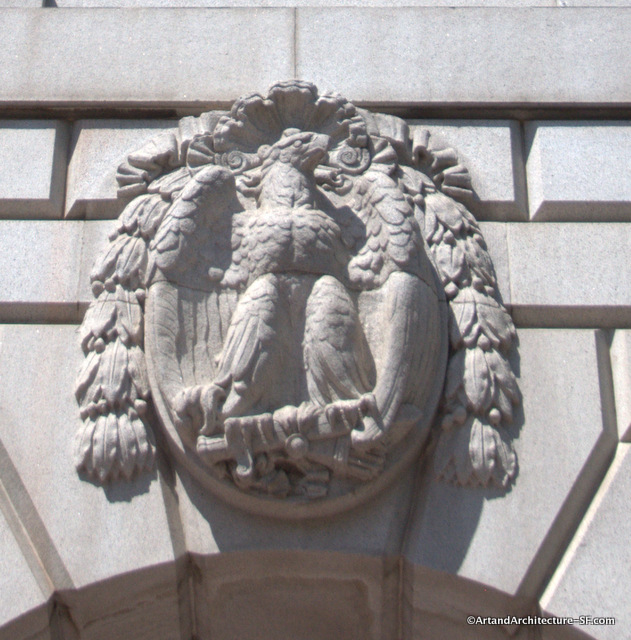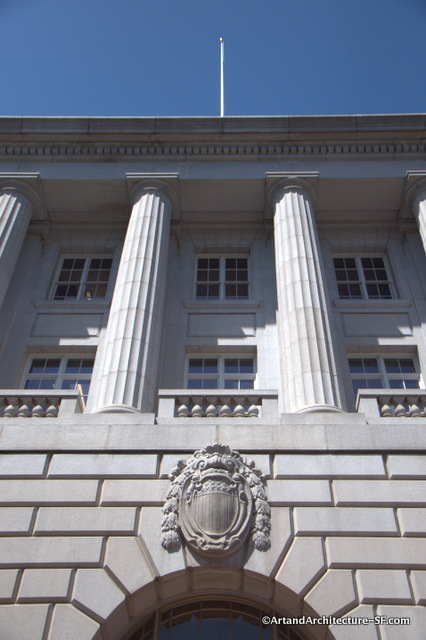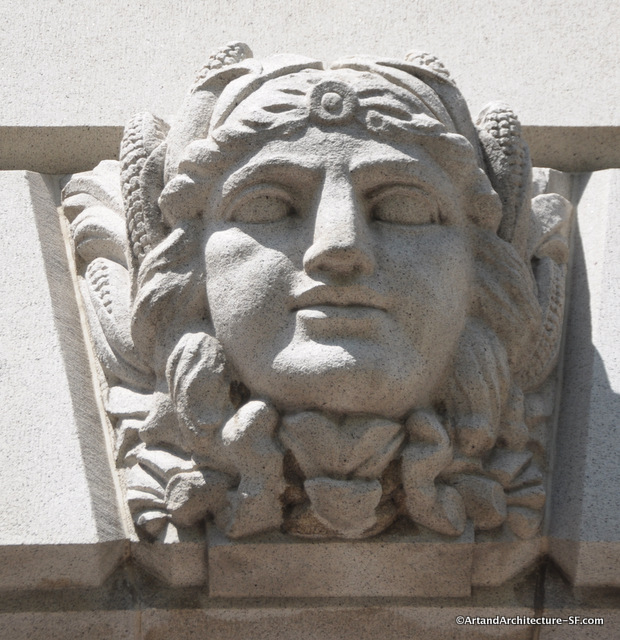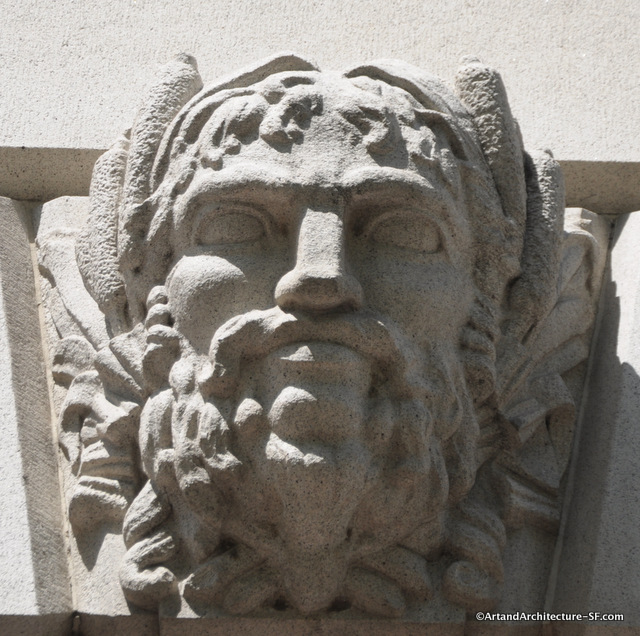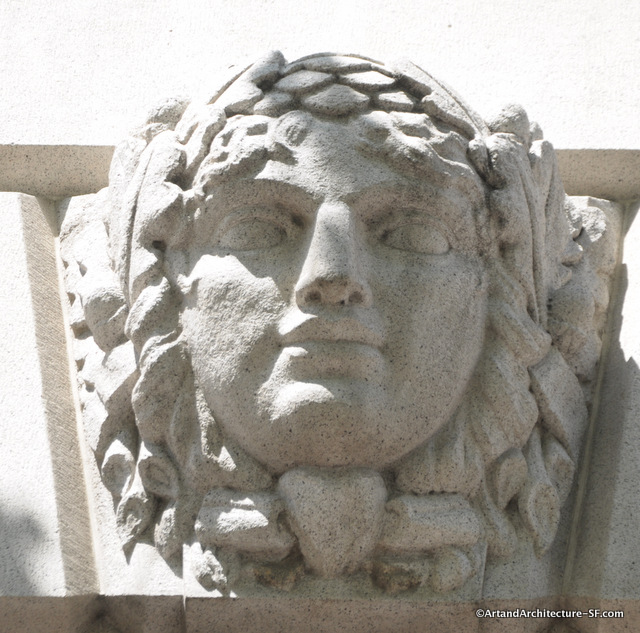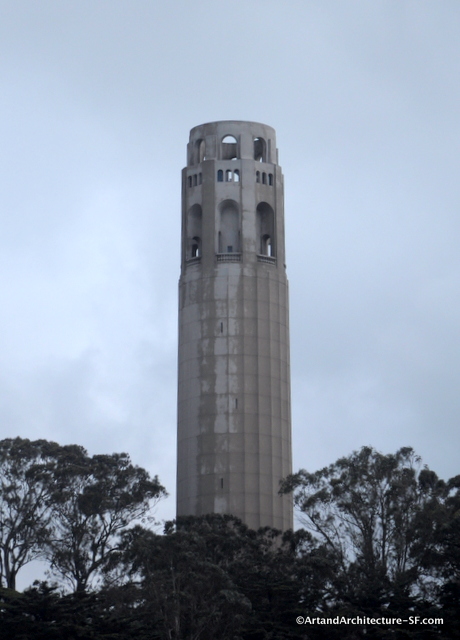 To understand Coit Tower you must first understand Lillie Hitchcock Coit. A nice tale is told here from the Virtual San Francisco History Museum written by: By Frederick J. Bowlen, Battalion Chief, San Francisco Fire Department.
To understand Coit Tower you must first understand Lillie Hitchcock Coit. A nice tale is told here from the Virtual San Francisco History Museum written by: By Frederick J. Bowlen, Battalion Chief, San Francisco Fire Department.
One of the most unusual personalities ever connected with our Fire Department was a woman. She was Lillie Hitchcock Coit, who was destined not only to become a legend but to attain that eminence long before her life ended.
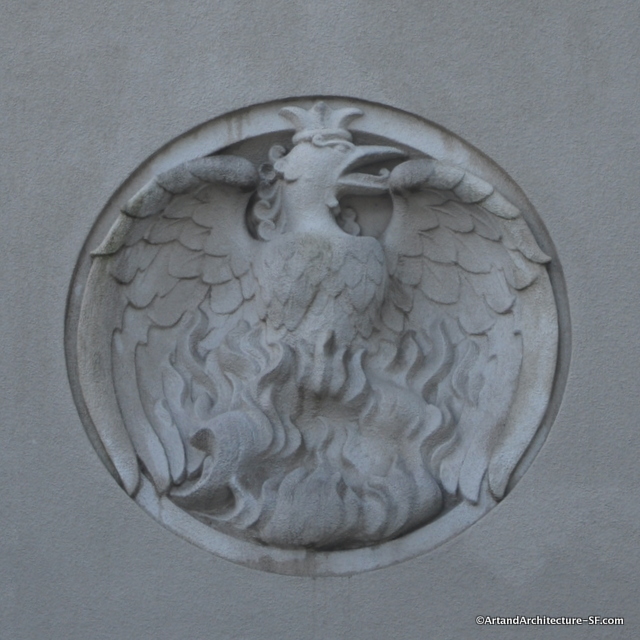 It continues:When Mrs. Coit died here in July 22, 1929, at the age of 86, she gave practical evidence of her affection for San Francisco. She left one-third of her fortune to the city “to be expended in an appropriate manner for the purpose of adding to the beauty of the city which I have always loved.”For several years after her death, there was question as to the most fitting interpretation of the “appropriate manner” in which to make the memorial. The executors of her will at last determined to erect a memorial tower in honor of this colorful woman.
It continues:When Mrs. Coit died here in July 22, 1929, at the age of 86, she gave practical evidence of her affection for San Francisco. She left one-third of her fortune to the city “to be expended in an appropriate manner for the purpose of adding to the beauty of the city which I have always loved.”For several years after her death, there was question as to the most fitting interpretation of the “appropriate manner” in which to make the memorial. The executors of her will at last determined to erect a memorial tower in honor of this colorful woman.Coit Tower was built in 1933. The concrete tower was constructed by Arthur Brown Jr., best known for City Hall. The tower is adorned with one simple ornament by Robert Bordman Howard, the phoenix, symbolizing San Francisco’s repeated growth after its many fires.
The structure is made of unpainted reinforced concrete. Contrary to urban legend, the building was not made to resemble a fire hose.
There is a small studio apartment on the second floor of the tower, which was originally used as lodging for the structure’s caretaker.
If you are interested in learning more about Coit Tower, I highly recommend Masha Zakheim’s book Coit Tower, San Francisco Its History and Art

